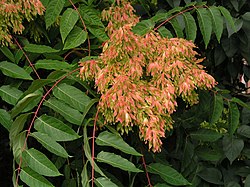This article needs additional citations for verification .(January 2019) |
Many species of plants, animals, and other organisms are considered invasive species in Italy.
This article needs additional citations for verification .(January 2019) |
Many species of plants, animals, and other organisms are considered invasive species in Italy.






